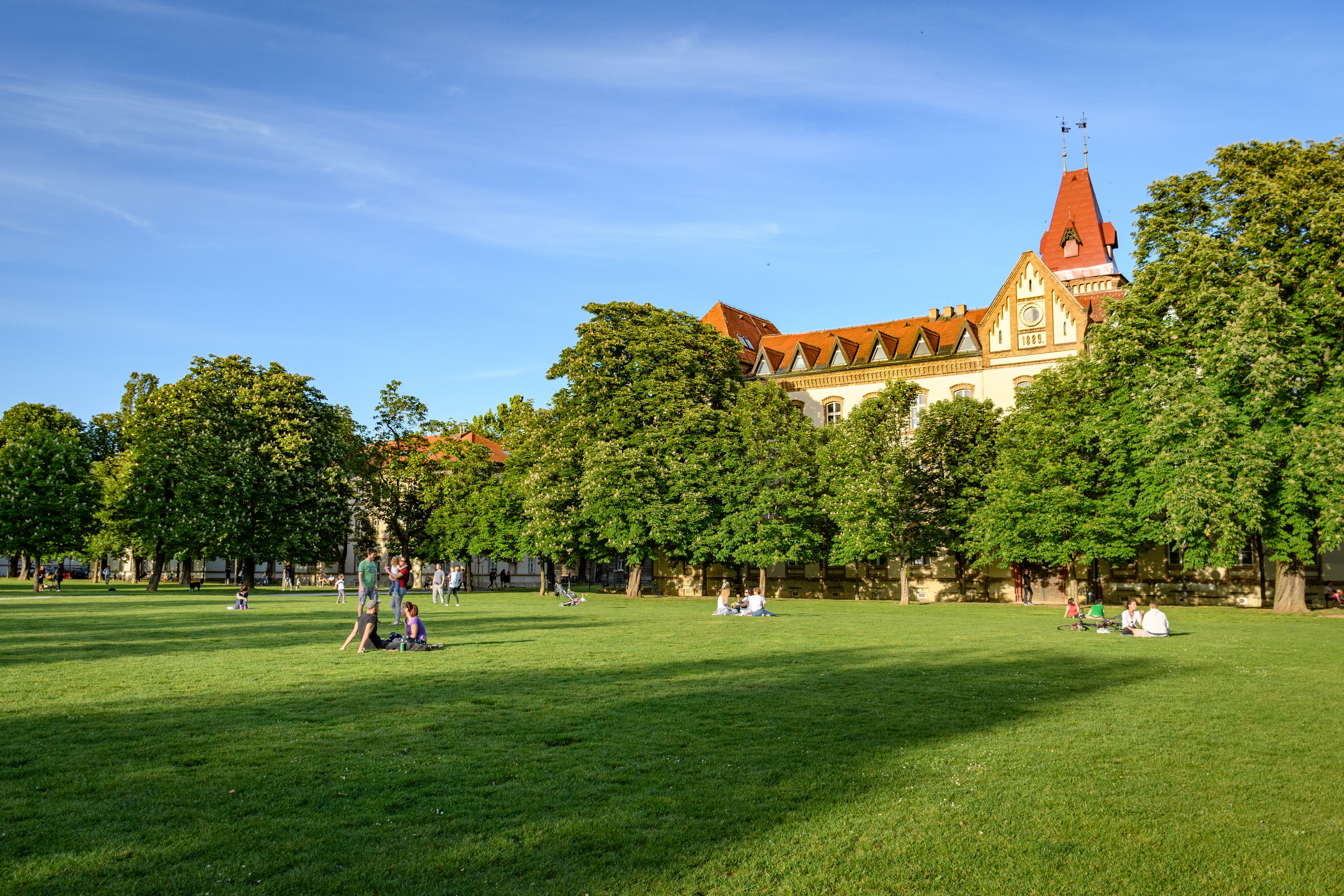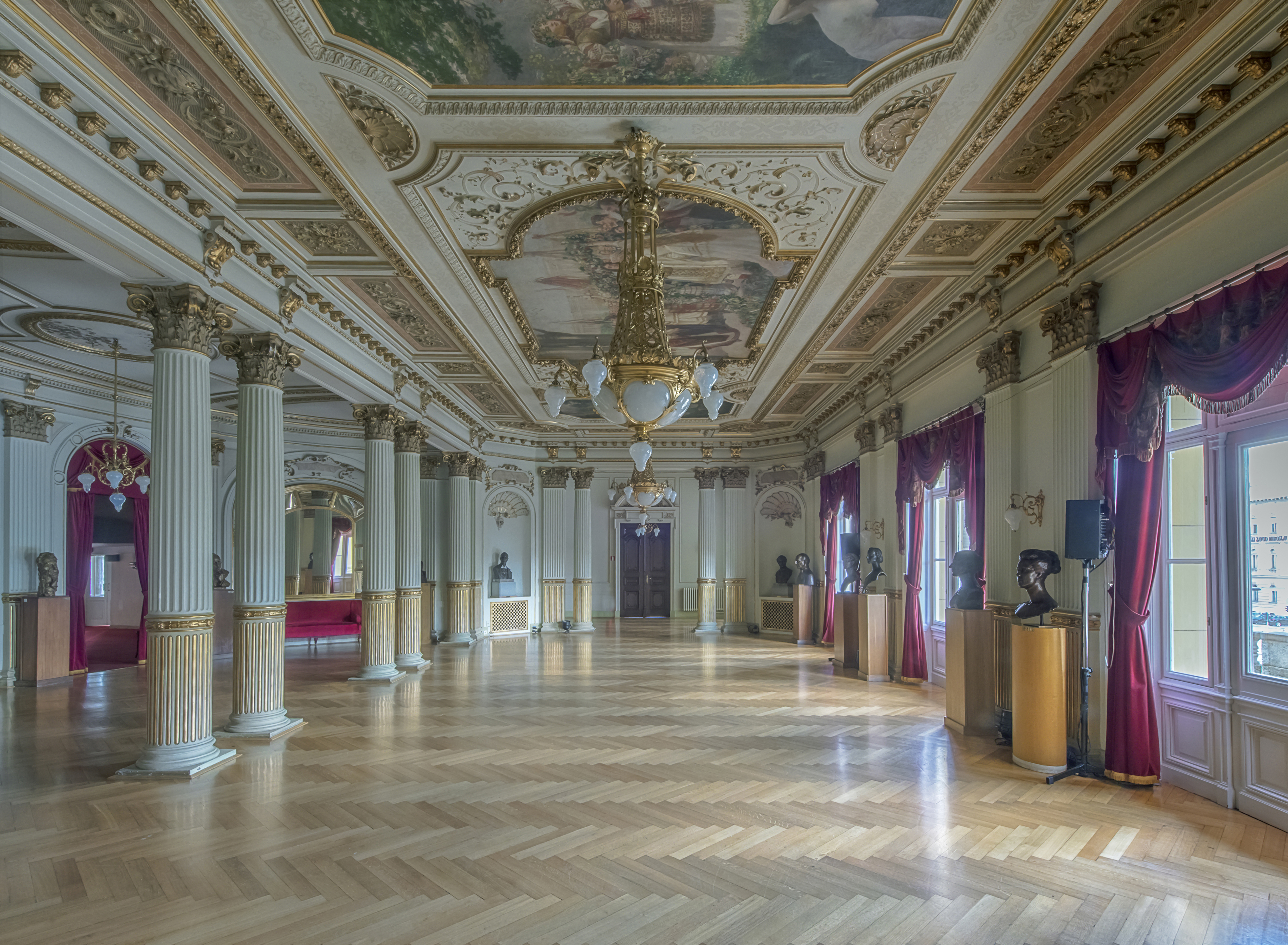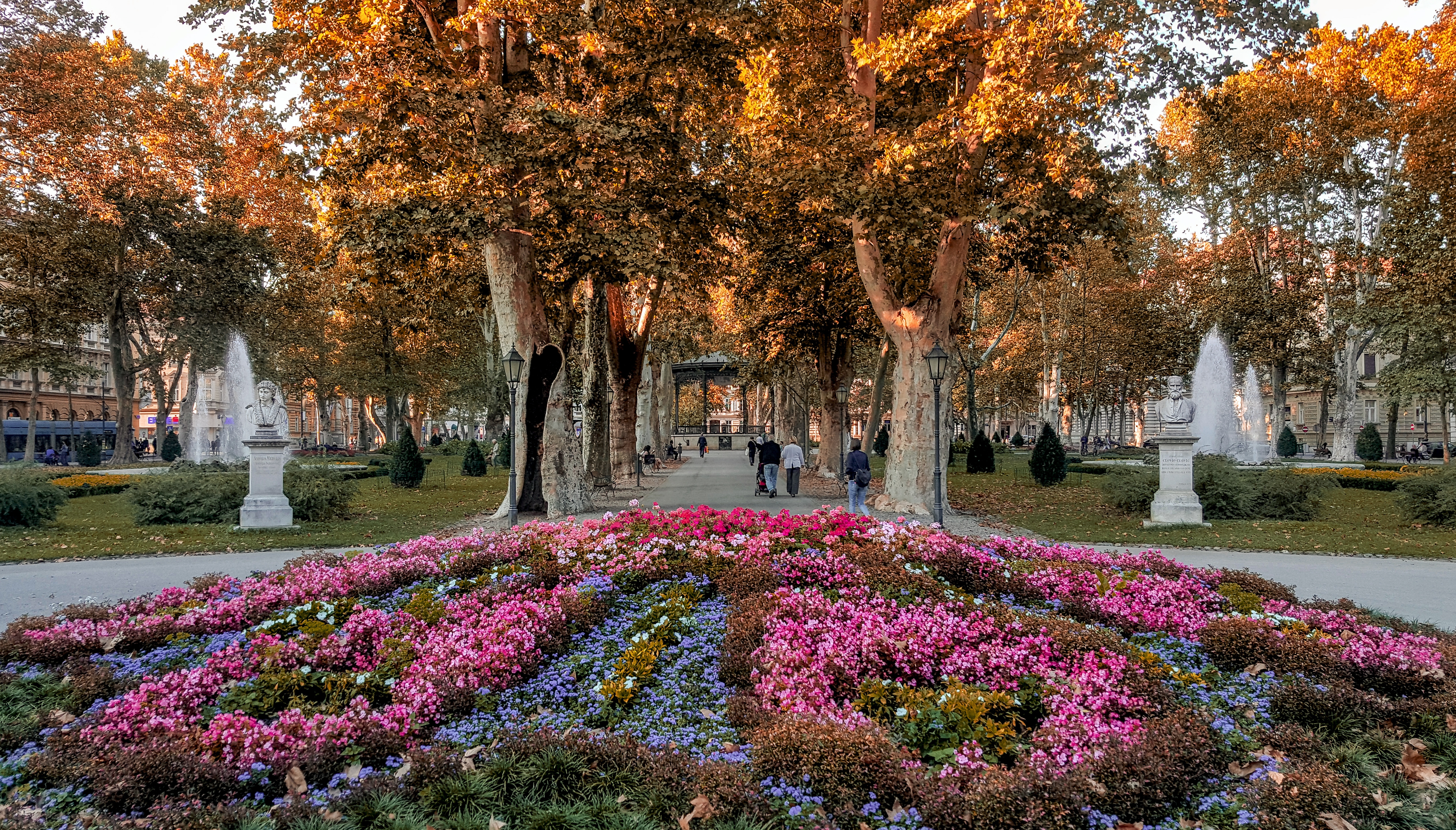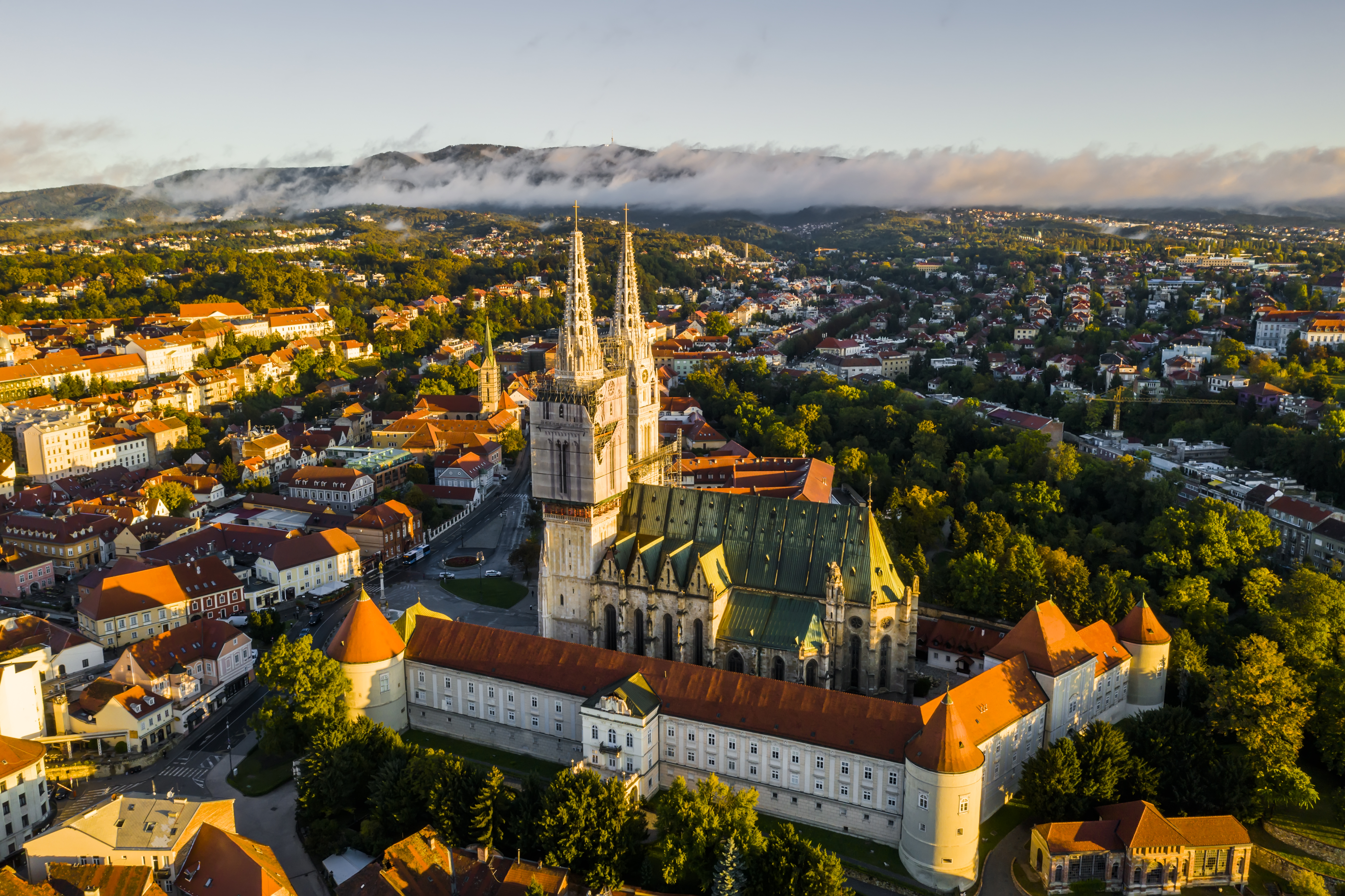Lounge culture

Zagreb can be described as a city with the biggest lounge. The moment the sun appears in the sky in spring, restaurant, café and coffeehouse terraces open for custom. Streets become promenades, places to get a cup of coffee, relax or have a business meeting. A combination of Mediterranean cordiality and northern business sense make any visitor feel welcome. The traditional International Folklore Festival, the global festival of street performers Cest is d’Best, outdoor summer concerts on Zrinjevac, St. Martin’s Day and many other open-air events increase the feeling of communality.
Lounging in cafés has been a long tradition in this city. The Zagreb Green Horseshoe and the main square of Ban Josip Jelačić have always been hubs of social life in Zagreb. Nowadays, this has spread across the whole city centre, around the pedestrianised zone and even further. People from all walks of life can find something of interest here. Cafés around Ban Jelačić, or simply ‘Square’ as it is often referred to, attract prominent figures. Preradović, also known as Flower Square, is loved by artists and young people, as well as an older crowd. Tkalčićeva, once the border between Gradec and Kaptol, used to be full of pubs and served as the red-light district, but nowadays it is a trendy destination for rendezvous and relaxation for the whole family.
The romantic among you can take the funicular on Ilica, the shortest one in the world used for public transportation – you’ll reach the Upper Town in 55 seconds. All of these locations form part of the phenomenon known as špica. Every Saturday around noon people of all ages come to the centre because that is the time and place to see and be seen. The ritual is always the same: people slowly sip coffee, read the Saturday papers, stop off at Dolac market to pick up fresh produce and then go home to prepare lunch. In every neighbourhood there is a favourite meeting place where regulars feel welcome and where everybody knows your name.
Flavours, colours and smells

The gastronomic selection in Zagreb comprises a rich combination of many cuisines. History and geography have had a great impact on menus here. Although the people of Zagreb gladly cook at home, there are many places in town where you can find specialities of inland Croatia as well as Mediterranean and international cuisine. Štrukli is one of the authentic dishes anyone in Zagreb would recommend. There are several different ways of preparation so it can be cooked or baked, sweet or salty. Turkey with mlinci pasta strips is one of the traditional meals of inland Croatia. There is also Zagreb steak, a piece of fried veal filled with cheese and ham, somewhat similar to its renowned Vienna counterpart.
For breakfast you should try fresh cream with cheese bought directly from the producer, the so-called kumica, from villages around Zagreb. Another feature of the city are its open-air food markets. Almost every neighbourhood has one but the Dolac, near the Cathedral, is the best known. This is where producers sell fresh fruit and vegetables, meat and fish daily. The Dolac is a unique place, the so-called ‘The Belly of Zagreb’, where lovers of good food come to find seasonal products from all parts of Croatia. There you will encounter a mass of colours, smells and sounds. During the day eateries by the market offer cheap, fast, home-made dishes. There are cake shops and bakeries on every corner.
We recommend you visit one of the numerous restaurants that offer regional cuisine. You should certainly try Zagreb strudel with apples, cheese or cherries, and there is also kremšnita, the most famous creamcake made in the nearby town of Samobor. We should not leave without mentioning the praised wines made from grapes grown near Zagreb. Even though beer is the most popular drink, wine has always been very important in Zagreb, and proof is in the celebration of St. Martin’s Day. The holiday of this patron saint of wine falls on the 11th of November.
From Zagreb with love

An original souvenir from a visit to Zagreb is a tie, a must-have item of clothing in the business world and an authentic Croatian product. In the 17th century Croatian soldiers used to tie elegant scarves around their necks, a fashion later picked up by the French –the rest is history. One of the most important inventions of the 20th century, the fountain pen, was actually designed in Zagreb. Its inventor, engineer Eduard Slavoljub Penkala, patented the world’s first mechanical pencil in 1906 and in 1907 he patented the first fountain pen. He produced them in Zagreb and exported them to 70 countries around the world.
This pioneer of modern times has about 80 inventions to his name, even some in the field of aeronautics. In 1910, only a couple of years after the Wright Brothers, Penkala designed Croatia’s first aeroplane. The aromatic biscuit paprenjak, once made by the women of old Zagreb, is another original souvenir. It is an unusual combination of honey, walnuts and pepper and a reminder of the contrasts we find in Zagreb. The licitar, a traditional, colourfully adorned biscuit made from honey dough, originates from central Croatia and the lowlands. As it is heart-shaped, it should be given as a symbol of love and affection for special occasions.
Red Šestine umbrellas, a part of traditional local attire, protect the traders at the Dolac market from sun and rain. They too form a prominent part of the city’s identity. For those interested in antiques and works of art, there is a market every weekend at Britanski trg. Zagreb is a city where you can browse in small traditional shops or at contemporary boutiques on the most famous street in the city, Ilica – or look for something in the main shopping malls. Zagreb is a city that always holds a special place in the hearts of those who visit it






